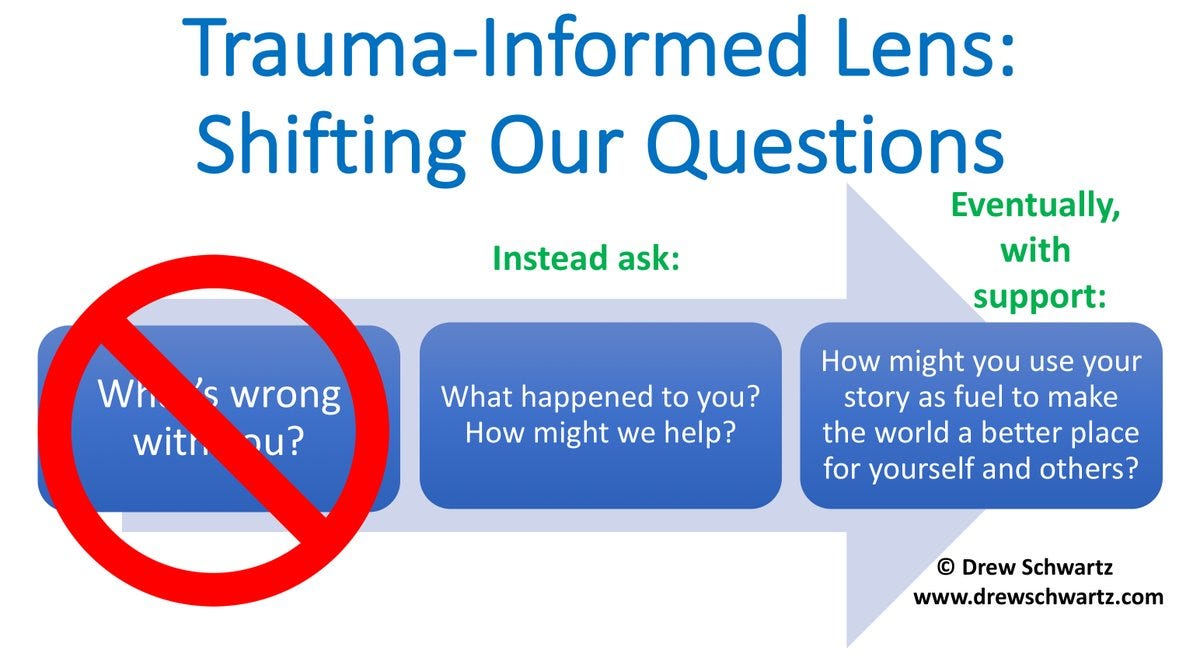Jennifer Serravallo published a blog this week titled "Teaching While Parenting: On Kindergarten Readiness". In the article, she shared the different but intentional journeys her two daughters took on the road to kindergarten readiness.
What stuck with me was the following:
"I support a redefinition of kindergarten readiness. I believe in open-ended, hands-on, student-driven play to help them be ready, reading them lots of stories and teaching them to tell their own stories, and working with numbers in real-world ways."
https://medium.com/@heinemann/teaching-while-parenting-on-kindergarten-readiness-56605d614eb2
As a former first grade teacher, and now a supervisor of elementary language arts instruction, I know the importance of kindergarten readiness. However, I also firmly believe in the importance of developmental appropriateness, and in an era of "push-down curriculum", more and more is being expected from our 5 and 6 year olds.
Here is an analogy I share often with preschool and kindergarten parents. I don't remember the origin of this, so I am unable to credit anyone.
When a child is learning to walk, the process can begin as early as nine months of age or as late as 14 months of age. We've all watched a child in their journey towards mobility, and one thing I think we can agree on is that the process cannot be rushed. If you take a child who is not yet ready for their first steps, and stand them up, they will fall down. No matter how many times you repeat this process, the child will tumble as their bodies are not yet ready to support this new progression. Conversely, I know that you can't get in the way of child who is ready and determined to take those first steps. Look out, because here they come!
My daughter walked at nine months of age, and her cousing didn't walk until fourteen months. They are now both adults, and no one has ever looked at them as said, "She is a good walker! She must have been an early walker! Oh, look at him. I bet he didn't walk until after he turned one."
The answer is a resounding no. They each walked when they were developmentally ready to do so, and it wasn't the result of pushing the process along or helping my daughter to walk early. Both children had bouncy seats and walking toys to support them along their journey, but "extra practice" was not the difference.
This analogy also applies to reading. We must provide rich experiences on the road to reading, through exposure to books and words and print, but the pieces will come together on their own time. For some children this is in Kindergarten, but for most it occurs in grade 1. For a few students it may not happen until second grade. The important thing is for us as educators to be there to support our students, picking them up when they fall down.
Now that brings me to the importance of play and other experiences as Jennifer spoke about in her blog. I firmly believe that Kindergarten needs to continue to be a place of readiness.
It's a time to develop important social-emotional and executive function skills.
A time to play, wonder, explore and question.
A time to make friends and learn to understand differences.
A time to follow directions, cut, color, paint and glue.
A time to learn about numbers and patterns in the world through meaningful, real-life experiences.
A time to draw and learn how to properly hold a pencil as they practice forming letters and numbers.
It's a time to rhyme, learn letters and their corresponding sounds, and concepts about print.
All of this is in preparation for learning to read, write, and develop number sense in first grade and beyond. Accelerating this process will not produce "better students", but can impact their sense of wonder and lead to frustration for those who are not developmentally ready.
We need to stop pushing down curriculum, but work to make experiences developmentally appropriate and rich with real-world applications.
Let them play, for it is through this that a true learner will emerge. One who never stops wondering, questioning, and persevering.







